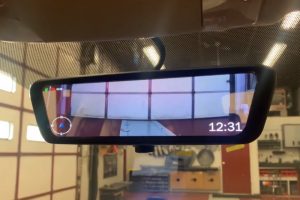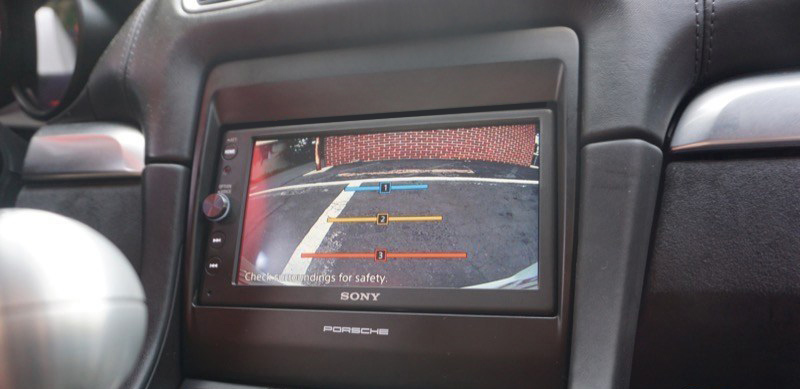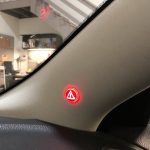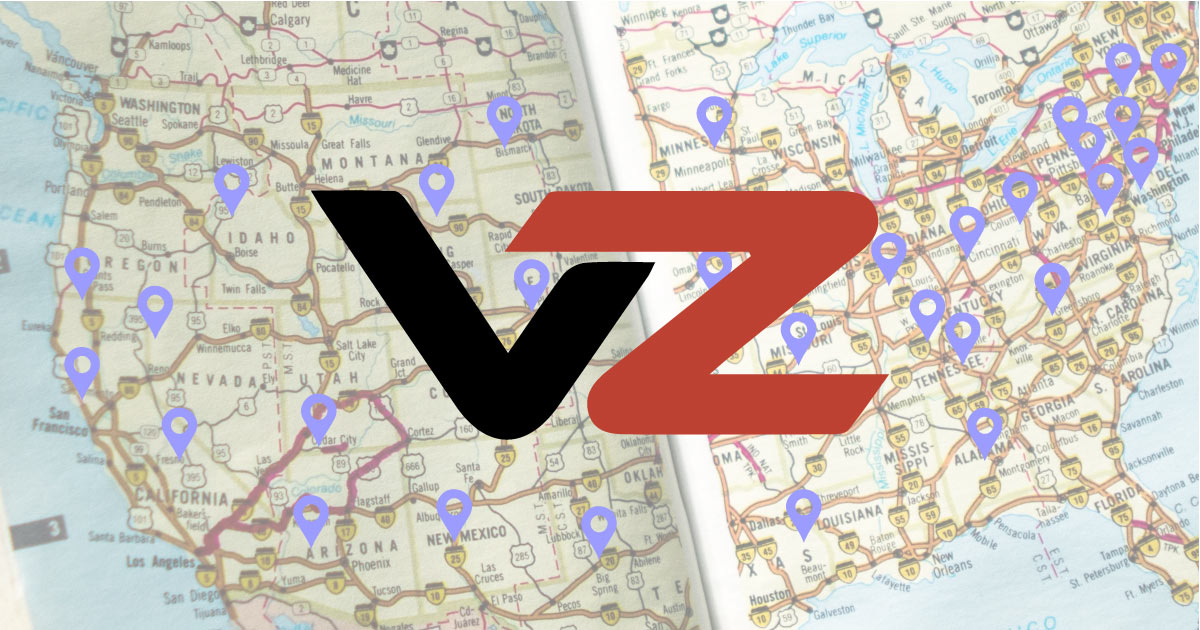When it comes to technologies that help us drive more safely, there are two distinct types of solutions: active and passive. While both offer significant benefits during the rush to and from work or while you’re maneuvering your vehicle into a parking spot, the systems function quite differently. If we’ve piqued your curiosity, keep reading and we’ll explain how each works.
What’s the Difference Between Active and Passive Safety Systems?
An active safety system is one that provides a warning to the driver when they are at risk of an accident or damage to the vehicle. This warning can be in the form of a buzzer, a vibration in the seat or steering wheel or a bright flashing light. The driver doesn’t need to do anything to receive the alert.
Passive safety systems provide crucial information to the vehicle operator, but they don’t call attention to themselves. For a passive safety solution to be of benefit, the operator needs to remember to use it.
Examples of Active Safety Systems
The two most common active accident prevention systems are parking sensors and radar-based blind-spot monitoring systems. Parking sensors mounted on the bumpers of your car, truck or SUV provide an audible warning when you are approaching an object or person. Most installations include rear sensors, but more and more vehicles can be upgraded with front sensors as well. Front sensors are particularly beneficial on large vehicles where even large objects like parking curbs, bollards, signs and planters may be hidden by the tall front grille and hood.
Radar-based blind-spot monitoring systems use a pair of microwave transceivers mounted in the back corners of the vehicle to alert drivers when someone is driving beside them. In most applications, a bright indicator illuminates when a vehicle enters the space beside your car or truck. If you activate your turn signal, the indicator will flash and a loud buzzer will let you know something is in your blind spot.
What Are Some Common Passive Safety Systems?
The most common passive safety system is a backup camera. While these systems provide important information about objects and people around your vehicle, you need to remember to use them. For example, a parking sensor system will warn you if there is a bicycle behind your truck as you back into your driveway. Conversely, a backup camera provides no specific warning. If you look at the camera, you’ll see the bicycle. If you don’t look, you’ll run over the bicycle.

Another increasingly common passive warning system is a blind-spot camera. Several companies offer these upgrades for trucks and SUVs, and in most cases the camera image can be displayed on the color screen in the dash. Again, you need to remember to look at the camera image before changing lanes or turning for these systems to be of benefit.
Which Safety System Is Right for My Vehicle?
There is no doubt that any safety upgrade you add will dramatically reduce your chances of a collision. Choosing the right solution for your needs depends on your vehicle, your driving style and your safety concerns. Visit your local specialty mobile enhancement retailer to find out about the upgrades that work with your car, truck or SUV. You can find a retailer that specializes in vehicle safety systems by using the Vision Zero Dealer Locator.




